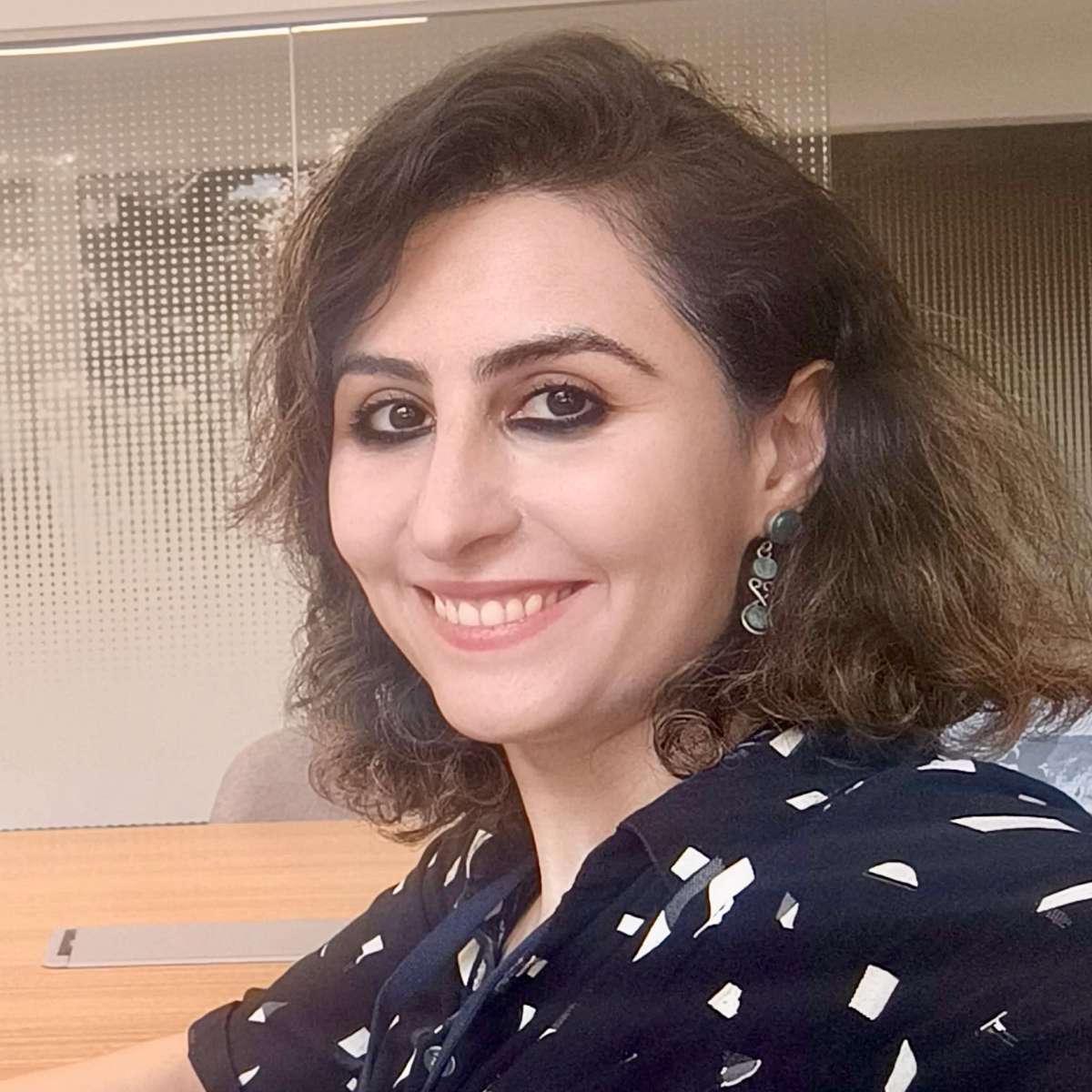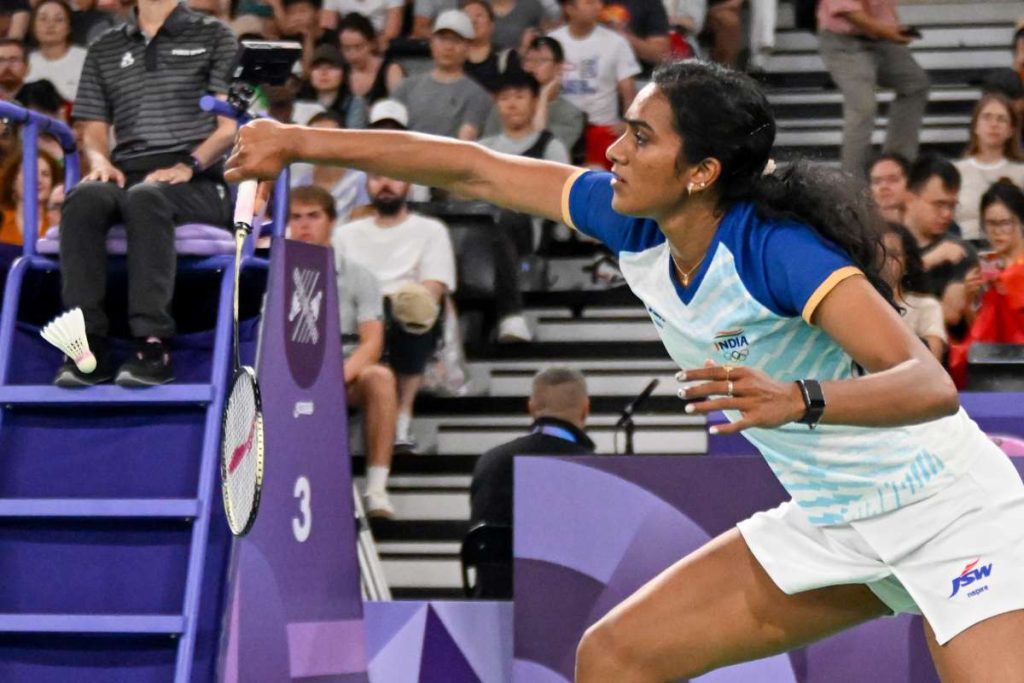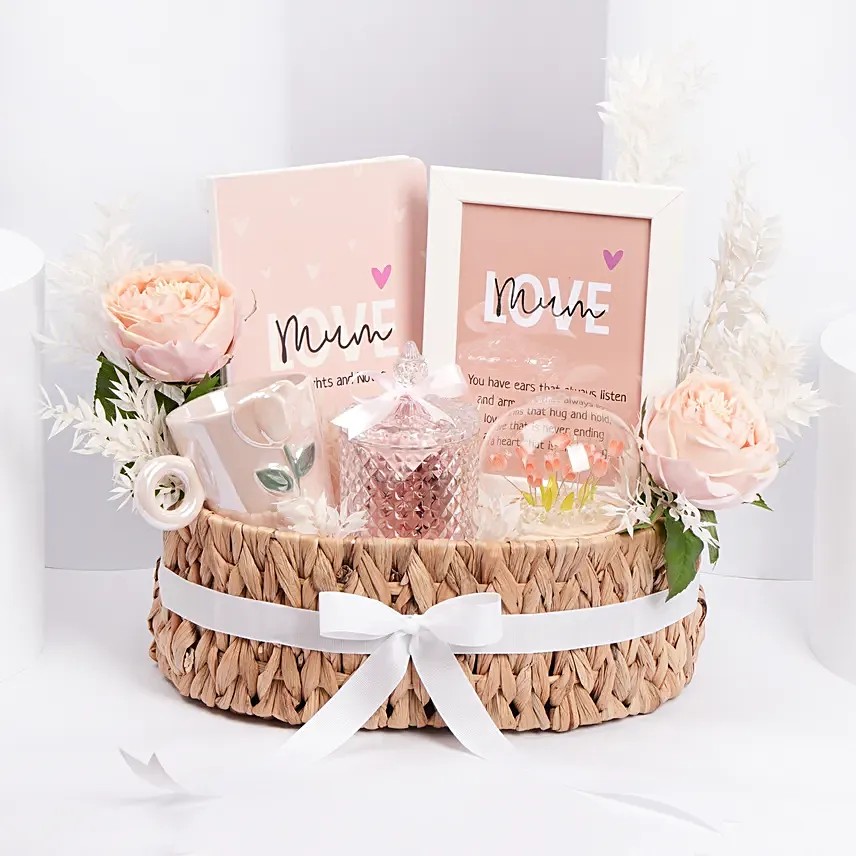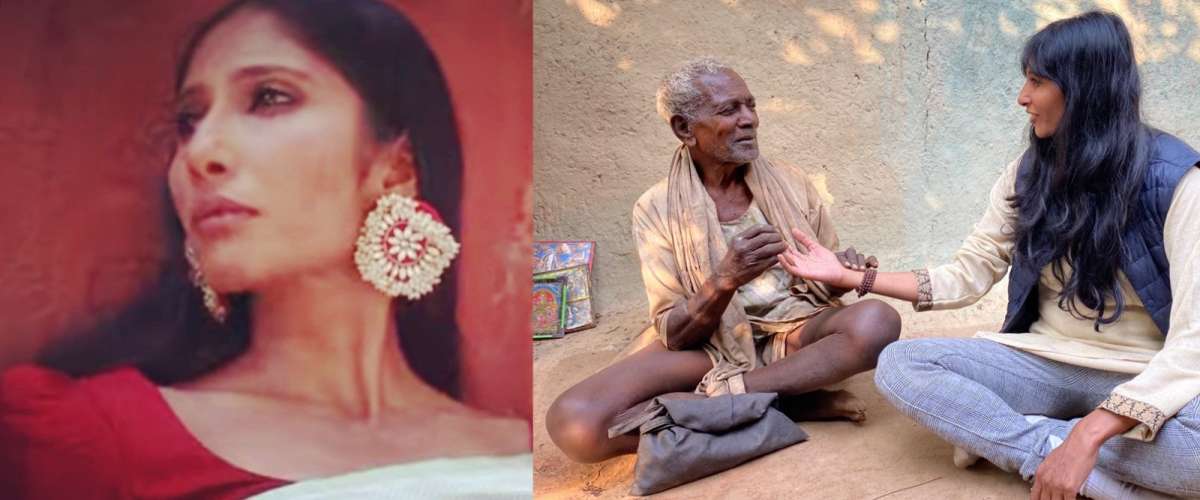“Both groups — Indo-Iranian communities share roots in the Gothic and Vedic periods. If you look at the architecture in northern Iran and Kashmir, it would not be hard to find similar structures. Even the cuisine of the two are very similar,” she stresses…writes Sukant Deepak
She smiles that for her it is easy to relate to Kashmiri Pandits in India more than even the Parsis here who came from Iran long back.
Having spent years documenting the Kashmiri Pandit population across Kashmir, Jammu, Delhi, Bangalore and Mumbai, Iranian photographer Sarah Jabbari is all set to showcase her solo photography exhibition ‘Selective ‘Sympathy’ curated by Georgina Maddox at Gallery Art Positive from July 31 to August 31 in New Delhi.
She tells that it was not hard for her to feel a major ancestral mutuality between them and the Iranians, which made her very comfortable.
“Both groups — Indo-Iranian communities share roots in the Gothic and Vedic periods. If you look at the architecture in northern Iran and Kashmir, it would not be hard to find similar structures. Even the cuisine of the two are very similar,” she stresses.
Adding that both groups share a history of conversions as Iranians were Zoroastrians who converted to Islam.
The photographer says: “Even in the contemporary time, the migration and in a way the self-exile of millions of Iranians reminds me of what happened to Pandits. In short, I would say Kashmiri Pandits are a mirror to Iran, to its past, present and perhaps a mutual and similar destiny.”
Talking about her numerous visits to Kashmir where she spent considerable time with the Pandit community, she remembers the days spent with a Kashmiri family.
“Not just one, all Kashmiri Pandit families were extremely kind and helpful, their house and lifestyle were very familiar to what we have in Iran. Being there, I felt closest to my subjects as they have lived there for thousands of years so it filled me with emotions that they are still standing. They were not afraid of being there as they believed in destiny. Frankly, I am extremely proud of those who are still living in Kashmir. They’re true symbols of resistance,” she says.
For someone who began the work on this project in January 2019 in Kashmir before the pandemic hit and the Pulwama attack did not take place and had to pause after she contacted Covid and “challenges in personal life” only to re-start it in 2023, Jabbari insists on calling the Pandits the lost cousins of Iranians.
Stressing that from ethnicity to cultural heritage, in pre and post-Islamic eras, Iranians and Pandits have much in common, she says that the social life experience in terms of change of religion in historical and contemporary contexts is another mutual understanding.
“I believe there’s a mutual destiny too. An important point is the title given to Kashmir as ‘Iran-e-Saghir’ or the small Iran. Some assume it’s because of the influence of the Persian culture in post-Islamic times but indeed it’s because of many things in common rooted in thousands of years of mutual ancestry. Of course, by the arrival of Islam and the ‘post-Islamic Persian culture’ to the Valley, similarities became more,” she adds.
The best part about the work she has done on the displaced community is the fact that there is no tone of ‘victimhood’. Stressing that in Iran, people tend to have the mentality of victimhood and blame everything on the Arabs’ attack on Iran in the 7th AD which led to the collapse of the Sasanian empire and mass conversation in Iran from Zoroastrianism to Islam.
She adds: “I looked at Pandits not as victims but as proud survivors who lost everything but resisted and flourished again in the worst situation. I look at them as human beings who are strong and resilient, honourable people who have pride. I guess talking about their victimhood is essential but in a proper channel that could be constructive. Otherwise, it leads to their objectification, and I do not want to objectify these honourable people.”
Convinced that photography gives her access to the lives of people, she says the enthusiasm of the subjects and their curiosity are always inspiring.
“The camera gives you a reason to connect to people and I love that. The best is the memories you make with your subjects during the shoot. When they let you in and share their food with you, they open their heart to you. There is no price for this human relationship and experience,” says the photographer.
Recalling that during her days in Kashmir, some moments made her extremely emotional — a Kashmiri Pandit man who replied to her question on the key part of their resistance.
He told her that there was only one reason they survived — education.
A Kashmiri Pandit woman insisted that she had forgiven all the pain, and in the end, we are humans, who without love are nothing.
“Both these conversations made me cry,” recalls Jabbari, who recently completed a Ph D research on the history of photography of Iran and the Parsis of India in the 19th century through the lens of gender in a comparative study.
Stressing that she has always admired India considering the way crores of people belonging to different religions, casts and ethnicities live together, this photographer has always been interested in long-term documentary photography projects with a focus on human relations and cultural and religious issues.
She hopes, “I wish, I could continue working with an unbiased lens looking for hope and humanity, and I wish all the best for the Kashmiri Pandit community.”
ALSO READ-Kashmir’s Historical Bonds with Xinjiang Explored in New Book








